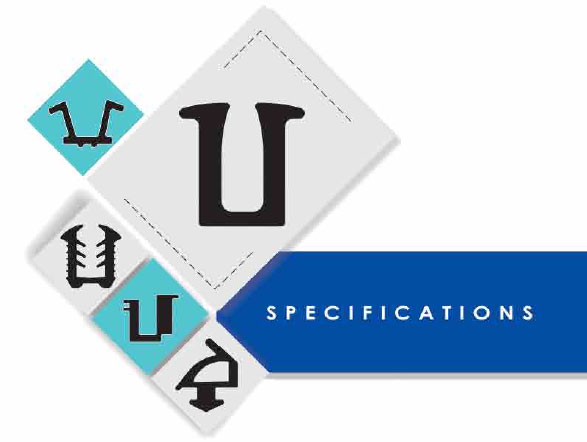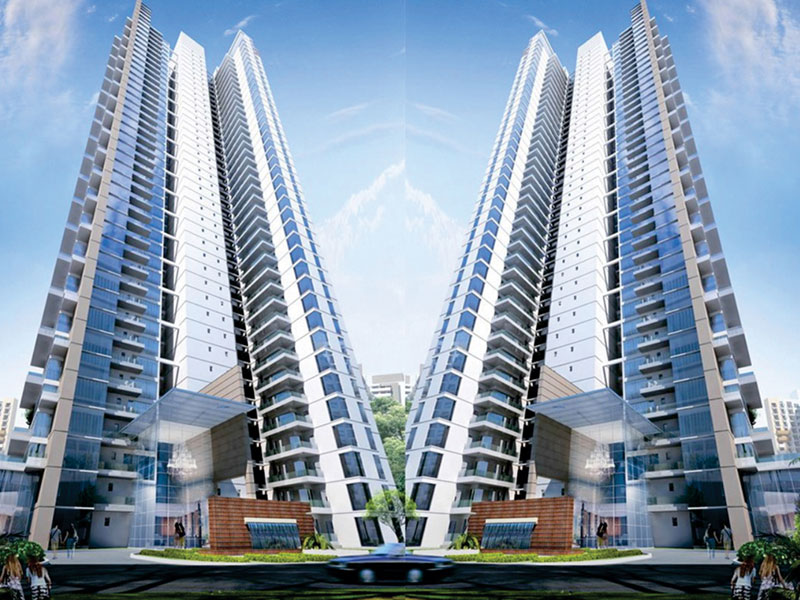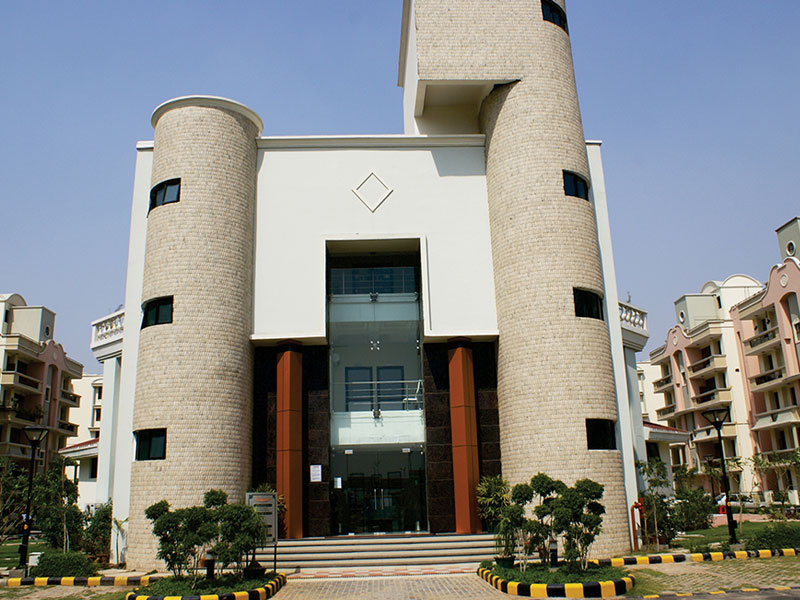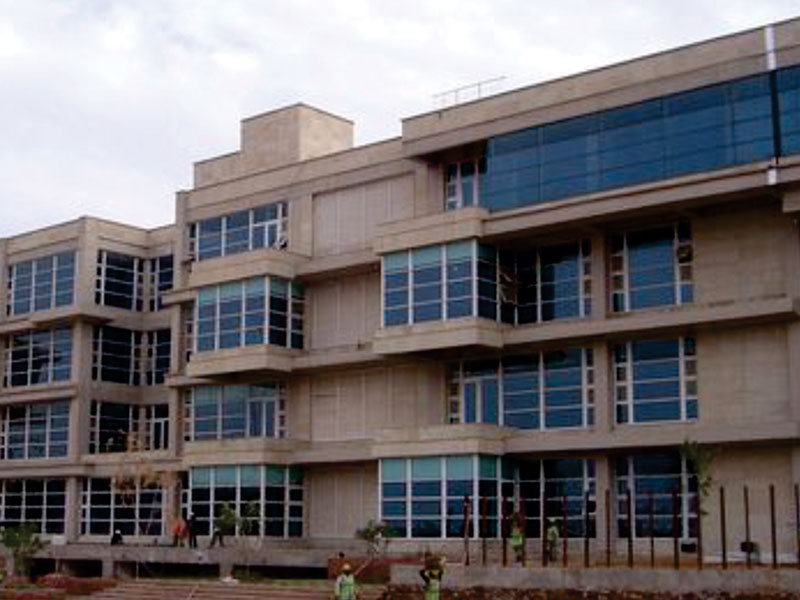(Ethylene Propylene Diene Monomer Rubber)
ADVANTAGES & APPLICATIONS OF EPDM PROFILES
1) Ozone gas resistant
2) Water resistant
3) No effets of humidity & temperature
4) Compatible with fire proof hydraullc fluid, ho/cold water and most oils
5) Excellent appearance
Mechanical Properties |
|
| Handness, Shore A Duromenter | 40A - 90A |
| Tensile Stregth Mpa | 7 - 21 |
| Compression Set B% | 20 - 60 |
| Density | can be compounoed form 0.90 to > 2.00 gcm |
| Abrasion Resistance | 450 mm3 |
Thermal Properties |
|
| CTE, liner 68 F | 576 um/m-C |
| Maximum Service Temprature, Air | 150 C |
| Minimum Service Temperature, Air | -54 C |
| Glass Temperature | -54 C |
SOURCE :
A) International Institute of Synthetic Rubber Producers, U.S.ANeoprene polychloroprene
The basic chemical composition of Neoprene synthtic rubber is polychloroprene. The polymer structure can be modified by copositionof with sulfur or 2,3 dichloro 1,3-butadiene to yield a family of materials with a broad range of chemical and physical properties.
BASIC CHARACTERISTICS OF NEOPRENE PROFILES



